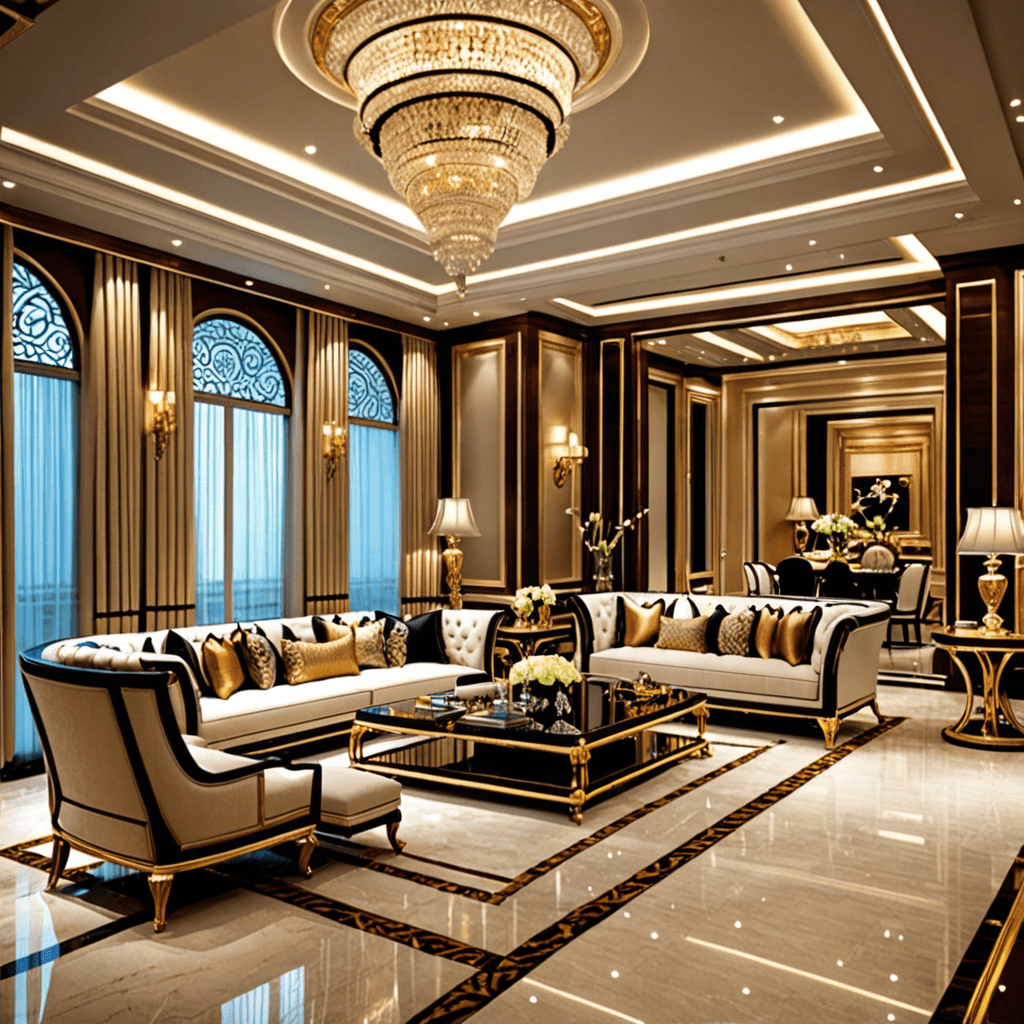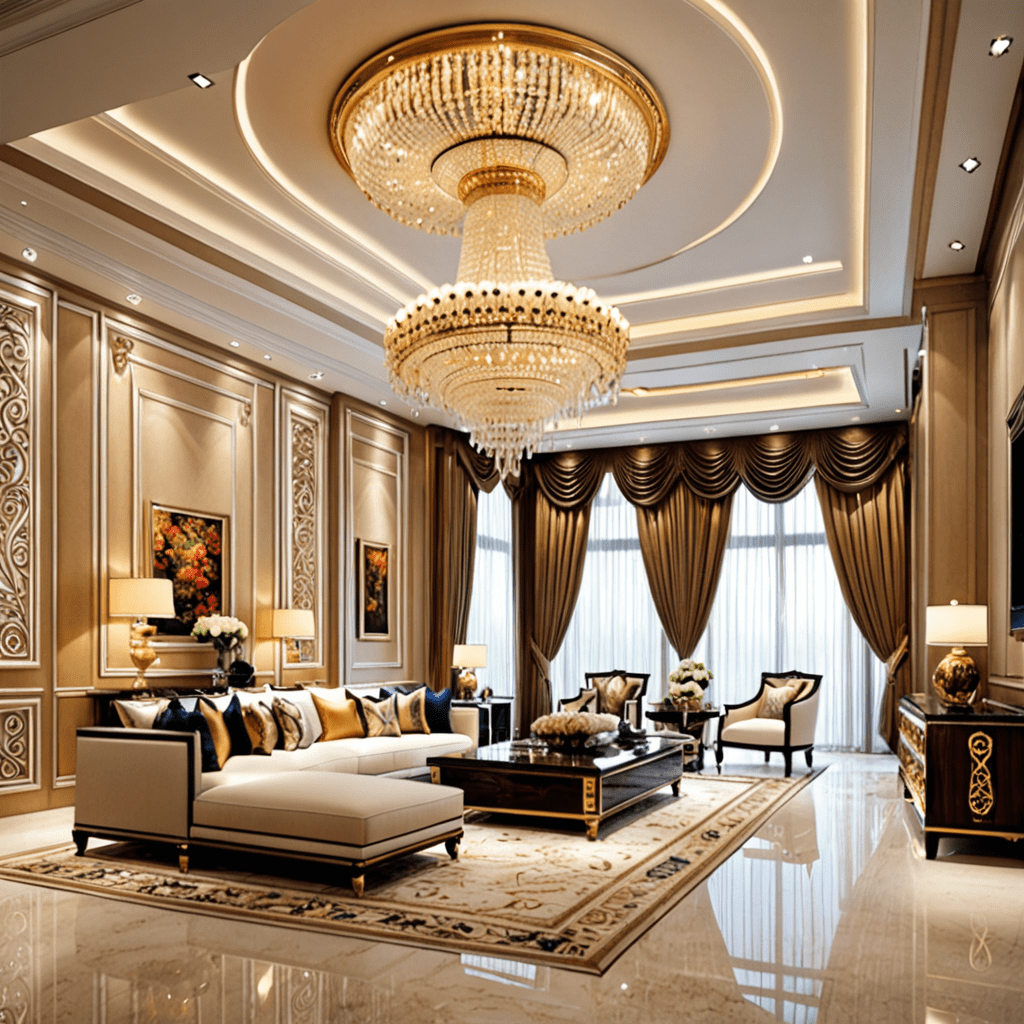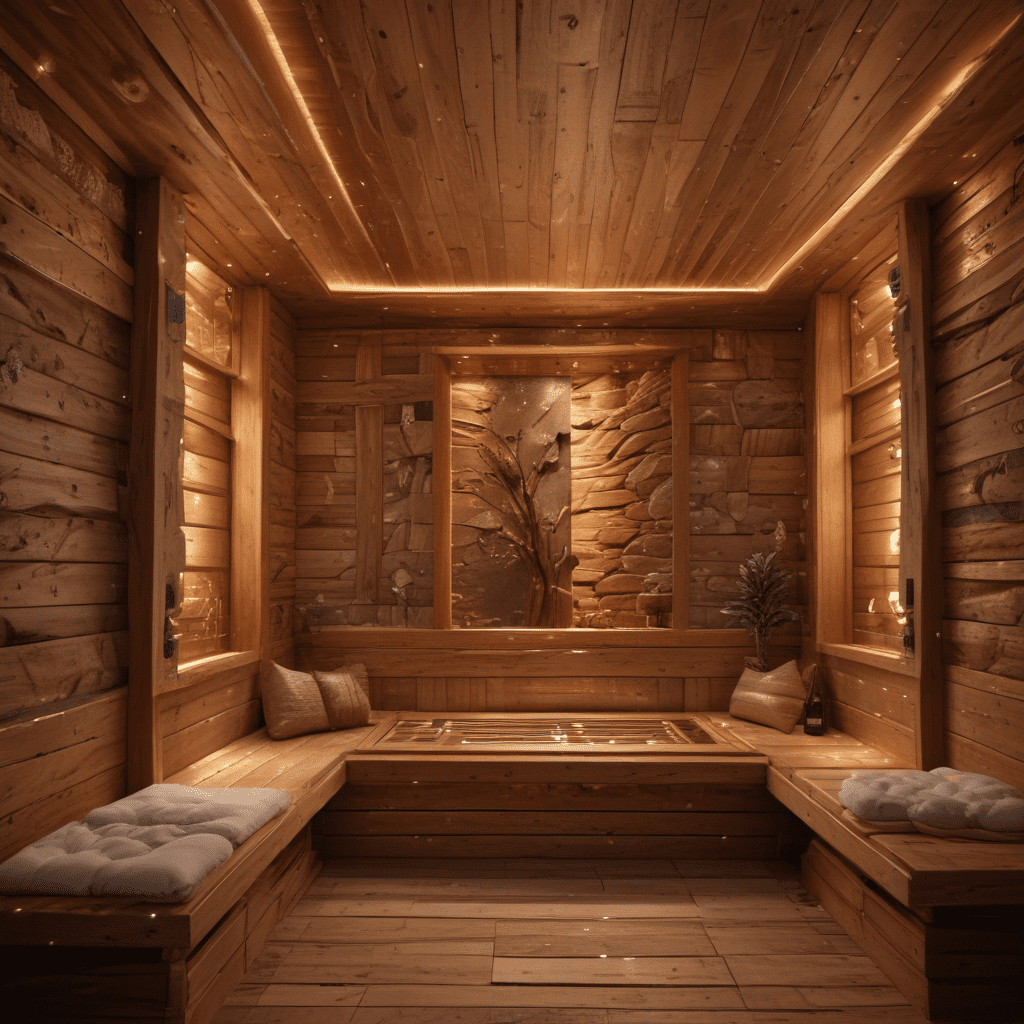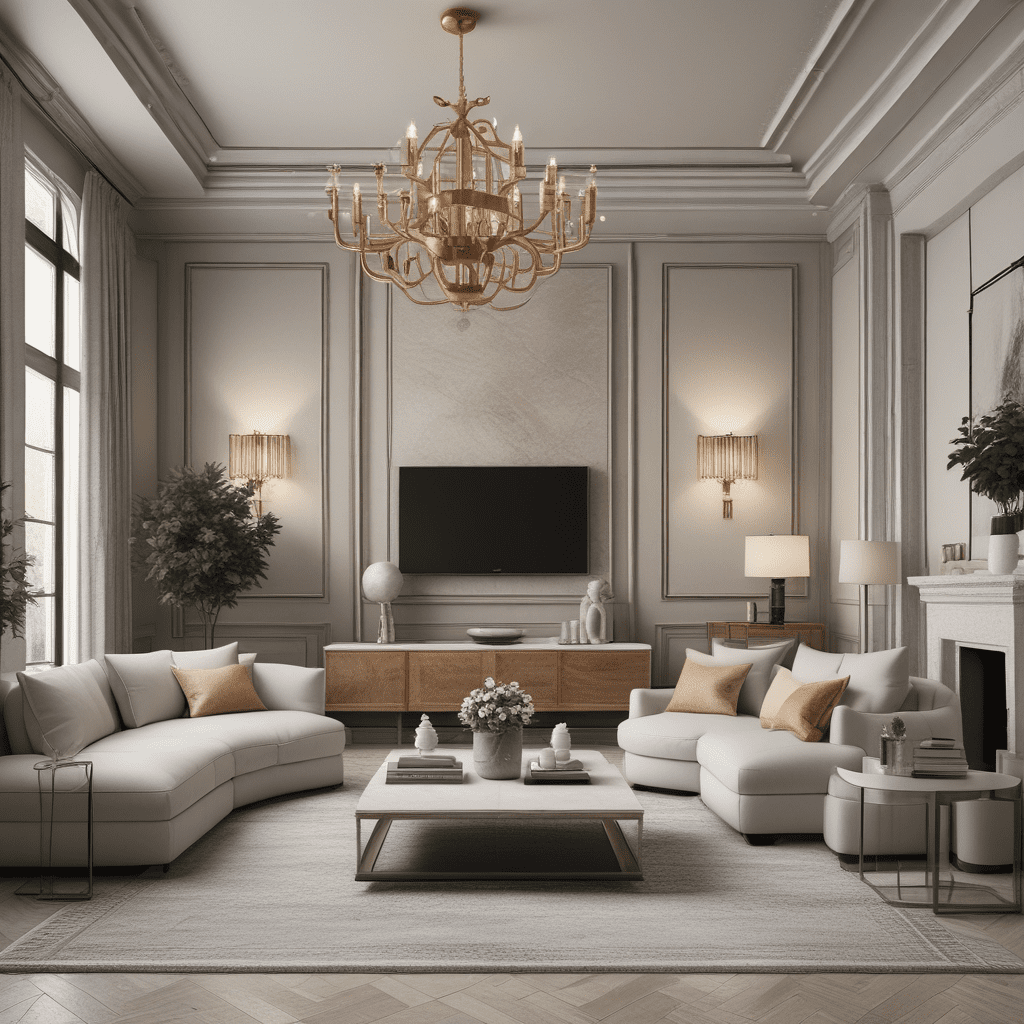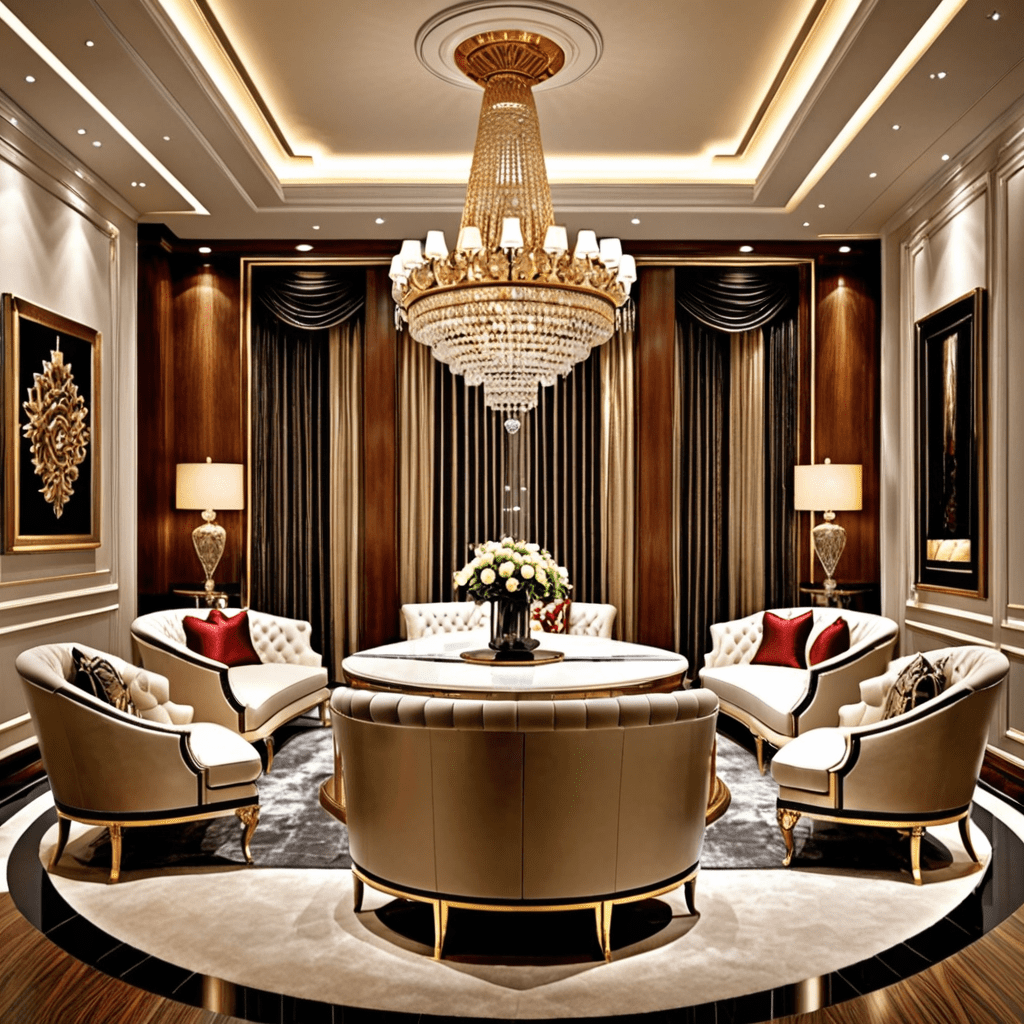How to Live in Harmony with Nature: A Guide to Natural Interior Design
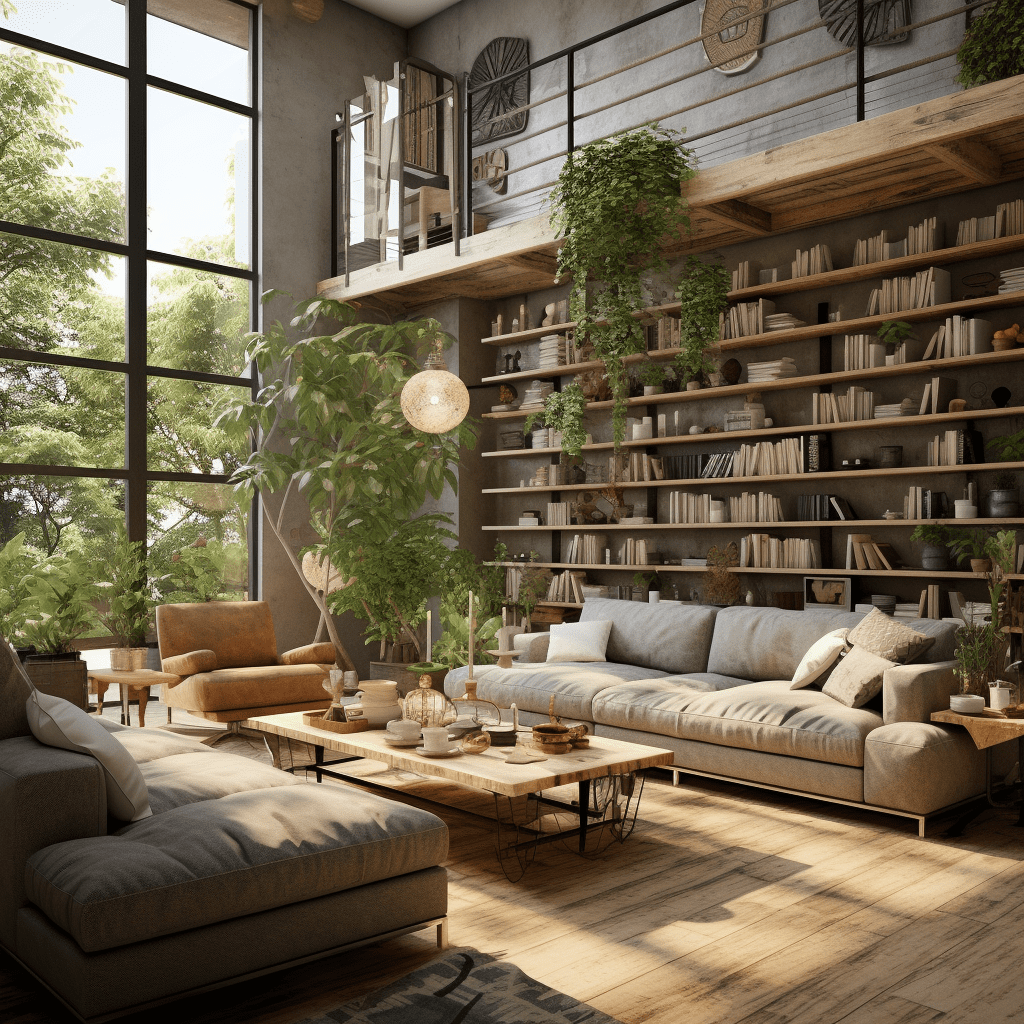

Natural Interior Design: Embracing the Beauty of the Outdoors
Welcome to our blog post dedicated to natural interior design, a growing trend in the world of home decor. With an emphasis on bringing the beauty of nature indoors, natural interior design offers a way to create a peaceful and serene living space that promotes well-being. In this article, we will explore the key principles behind this design style, as well as provide practical tips on how to incorporate natural elements into your home. Join us as we delve into the world of natural interior design and discover how you can transform your living space into a harmonious sanctuary.
Embracing Nature: The Key Principles of Natural Interior Design
Natural interior design revolves around the idea of connecting with nature and bringing its elements into our homes. It embraces sustainable and eco-friendly practices, utilizing organic materials, earthy tones, and natural textures. The following are the key principles to consider when embracing natural interior design:
1. Biophilic Design: Creating a Connection with Nature
Biophilic design is at the core of natural interior design. It refers to the incorporation of natural elements, such as plants, water features, and natural light, into indoor spaces. By creating a connection with nature, biophilic design enhances well-being, reduces stress, and improves productivity.
2. Organic Materials: The Beauty of Natural Elements
Choosing organic materials is essential in natural interior design. From wood and stone to linen and jute, incorporating natural materials adds warmth and texture to your living space. Look for furniture, flooring, and decor items made from sustainably sourced materials.
3. Earthy Color Palette: Bringing the Outdoors In
To create a harmonious and calming atmosphere, opt for an earthy color palette in your interior design. Shades of green, brown, beige, and soft neutrals mimic the colors found in nature and promote a sense of balance and tranquility.
4. Natural Textures: Adding Depth and Visual Interest
Natural textures play a significant role in natural interior design. Consider incorporating elements such as exposed brick, stone walls, woven rugs, and textured fabrics to add depth and visual interest to your space.
5. Sustainable Lighting: Illuminating with Nature in Mind
Effective lighting is crucial in natural interior design. Embrace natural light whenever possible, allowing it to flood your space and create a vibrant atmosphere. Supplement it with warm, soft lighting fixtures inspired by natural elements, such as bamboo or rattan.
6. Minimalism and Simplicity: Finding Beauty in Less
One of the key principles of natural interior design is embracing minimalism and simplicity. By decluttering and focusing on essential elements, you can create a clean and serene environment that lets natural beauty take center stage.
Incorporating Natural Design Elements: Practical Tips
Now that we have explored the underlying principles of natural interior design, let’s discuss some practical tips on incorporating natural elements into your home:
1. Bring Nature Indoors with Plants
Add a touch of greenery to your space by introducing indoor plants. Choose low-maintenance varieties that thrive indoors, such as succulents, ferns, or peace lilies. Place them strategically in different rooms to create a fresh and calming ambiance.
2. Opt for Natural Fibers and Textiles
When selecting textiles for your furniture, bedding, and window treatments, opt for natural fibers like organic cotton, hemp, or linen. These natural materials not only add warmth and texture to your interior but are also eco-friendly and sustainable.
3. Embrace Natural Wood
Incorporating wooden furniture and accessories is an excellent way to bring natural elements into your space. Look for sustainably sourced options in light or dark wood tones that complement your overall design aesthetic.
4. Use Natural Stone or Brick as Accent Features
Consider incorporating natural stone or exposed brick walls as accent features in your interior design. These materials add a rustic and earthy touch to your space, creating a cozy and inviting atmosphere.
5. Let Natural Light Shine In
Maximize natural light by keeping your windows unobstructed. Utilize sheer or light-colored curtains or blinds that allow sunlight to filter through while maintaining privacy. You can also strategically place mirrors to reflect and amplify natural light throughout your home.
6. Decorate with Organic and Sustainable Accessories
Complete your natural interior design with organic and sustainable accessories. Look for items made from recycled or upcycled materials, such as driftwood sculptures, handmade pottery, or eco-friendly candles.
Frequently Asked Questions (FAQ)
Q: Is natural interior design suitable for all types of homes?
A: Yes, natural interior design can be incorporated into any style of home, whether it’s modern, rustic, or traditional. The principles of biophilic design and the use of organic materials can be adapted to suit various aesthetics.
Q: Is natural interior design an expensive style to implement?
A: Natural interior design does not have to be expensive. By focusing on sustainable and eco-friendly materials, repurposing existing items, and incorporating DIY elements, you can create a natural and inviting space without breaking the bank.
Q: How can I create a cohesive design when incorporating natural elements?
A: To create a cohesive design, consider establishing a consistent color palette inspired by nature. Choose complementary textures and materials, and ensure that the natural elements you incorporate align with the overall style and aesthetic of your home.
Q: Can I incorporate natural interior design in a small space?
A: Absolutely! Natural interior design principles can be applied to spaces of any size. In smaller spaces, focus on utilizing natural light, incorporating plants, and opting for lighter colors and materials to create an open and airy feel.
Q: Are there any specific guidelines for using lighting in natural interior design?
A: In natural interior design, the focus is on using lighting that mimics natural light. Opt for warm and soft lighting fixtures that create a cozy and inviting atmosphere. Additionally, utilize natural light as much as possible by keeping windows unobstructed.
Q: How can I incorporate natural elements into a rental property?
A: Even in a rental property, there are ways to incorporate natural interior design elements. Consider using removable wallpaper or wall decals with natural patterns, using potted plants and natural fabrics, and incorporating small natural accents, such as baskets or wooden accessories.
We hope this article has provided valuable insights into the world of natural interior design. By embracing the principles of biophilic design, incorporating organic materials and colors, and utilizing natural textures, you can create a serene and harmonious living space that connects you with the beauty of the outdoors. Start your journey towards a more natural home today!
